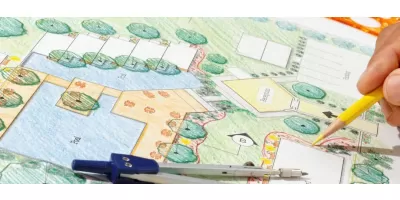Caring For Indoor Plants
-
Watering: Water your plants regularly, but make sure not to overwater. Allow the soil to dry out slightly between waterings to prevent root rot. The frequency of watering depends on the type of plant, its size, and the conditions in your home.
-
Lighting: Ensure that your plants receive adequate light. Most indoor plants prefer bright, indirect light, but some can tolerate low light conditions. Place them near windows or provide artificial grow lights if natural light is limited.
-
Humidity: Many indoor plants thrive in humid environments. You can increase humidity levels by misting the leaves regularly, placing a tray of water near the plants, or using a humidifier.
-
Temperature: Keep your indoor plants in a comfortable temperature range. Most indoor plants prefer temperatures between 60-75°F (15-24°C) during the day and slightly cooler at night.
-
Fertilizing: Indoor plants benefit from occasional fertilization to provide them with essential nutrients. Use a balanced, water-soluble fertilizer according to the manufacturer's instructions, typically once a month during the growing season (spring and summer).
-
Repotting: As your plants grow, they may outgrow their pots. Repot them into slightly larger containers with fresh potting mix to provide more space for root growth. This is usually done every year or two, depending on the plant's growth rate.
-
Pruning and Maintenance: Regularly remove dead or yellowing leaves, trim back overgrown branches, and check for signs of pests or diseases. Pruning helps promote healthy growth and keeps your plants looking their best.
-
Observation: Pay attention to your plants and learn their individual needs. Adjust your care routine based on how they respond to different conditions.
Note
- the photos is a representation of the plant and some small details could be different than reality
- Please note that the price varies based on the size of the pot, as the larger the pot, the larger the plant
ASPARAGUS PLUMOSA 19Cm - HEIGHT 50CM
- Product Code: GAPL018CM
Caring For Indoor Plants
-
Watering: Water your plants regularly, but make sure not to overwater. Allow the soil to dry out slightly between waterings to prevent root rot. The frequency of watering depends on the type of plant, its size, and the conditions in your home.
-
Lighting: Ensure that your plants receive adequate light. Most indoor plants prefer bright, indirect light, but some can tolerate low light conditions. Place them near windows or provide artificial grow lights if natural light is limited.
-
Humidity: Many indoor plants thrive in humid environments. You can increase humidity levels by misting the leaves regularly, placing a tray of water near the plants, or using a humidifier.
-
Temperature: Keep your indoor plants in a comfortable temperature range. Most indoor plants prefer temperatures between 60-75°F (15-24°C) during the day and slightly cooler at night.
-
Fertilizing: Indoor plants benefit from occasional fertilization to provide them with essential nutrients. Use a balanced, water-soluble fertilizer according to the manufacturer's instructions, typically once a month during the growing season (spring and summer).
-
Repotting: As your plants grow, they may outgrow their pots. Repot them into slightly larger containers with fresh potting mix to provide more space for root growth. This is usually done every year or two, depending on the plant's growth rate.
-
Pruning and Maintenance: Regularly remove dead or yellowing leaves, trim back overgrown branches, and check for signs of pests or diseases. Pruning helps promote healthy growth and keeps your plants looking their best.
-
Observation: Pay attention to your plants and learn their individual needs. Adjust your care routine based on how they respond to different conditions.
Note
- the photos is a representation of the plant and some small details could be different than reality
- Please note that the price varies based on the size of the pot, as the larger the pot, the larger the plant
- Availability: In Stock

